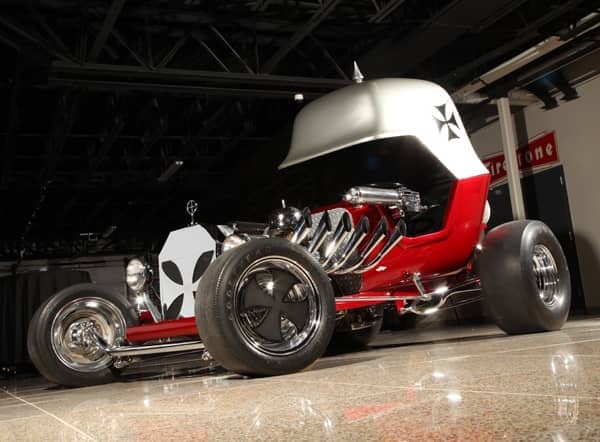Red Baron: Model to Real Deal








1 / 10






Loading ...
